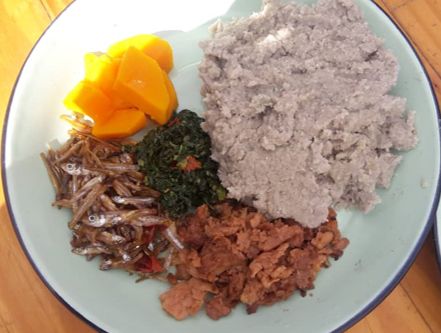Is participation in Care Groups associated with enhanced diet quality amongst women and children? Experiences from Zimbabwe
Abstract
The Amalima program, a United States Agency for International Development (USAID) Office of Food for Peace intervention, has been promoting Care Groups from 2014 to 2020 in a resource constrained setting in Zimbabwe. Care Groups are community-based peer-to-peer support groups for mothers, which provide a platform for promoting recommended maternal, infant and young nutrition practices. The researchers conducted a study to compare the quality of the diet for children and mothers participating in Care Groups and children and mothers not participating in Care Groups. The research was conducted in two districts (Gwanda and Tsholotsho) in Zimbabwe across 8 purposively selected sites, six years after project implementation began. A total of 242 children aged 6 to 23 months and 168 women beneficiaries were included in the study. We analysed consumption of the three non-staple food groups promoted by the Care Groups under the theme ‘Four Star Diet’ namely vegetables and fruits, legumes and animal source foods. Our results showed that children whose caregivers were members of Care Groups had a higher consumption of pulses and legumes (29% vs 1%; p = 0.00001), fruits and vegetables (33% vs 18%; p = 0.00104) and animal source foods (59% vs 26%; p = 0.00001) compared to children whose caregivers were not Care Group members. There was no difference in diet quality between women participating or not participating in Care groups. Efforts should be put in place to increase participation in Care Groups, as they serve as a key contact point to support recommended infant and young child nutrition practices during the first 1000 days of life. There is a need to explore barriers to Care Group participation and develop a strategy to address the barriers for non-Care Group participants. Future programs should explore the reasons behind the limited impact that Care Group attendance had on the diet quality for women.

Authors retain all copyrights. In making a submission to World Nutrition, they are certifying that all material is theirs except quotations, as indicated, and that they have obtained permission for any photos, tables, or graphics taken from other publications or websites.




